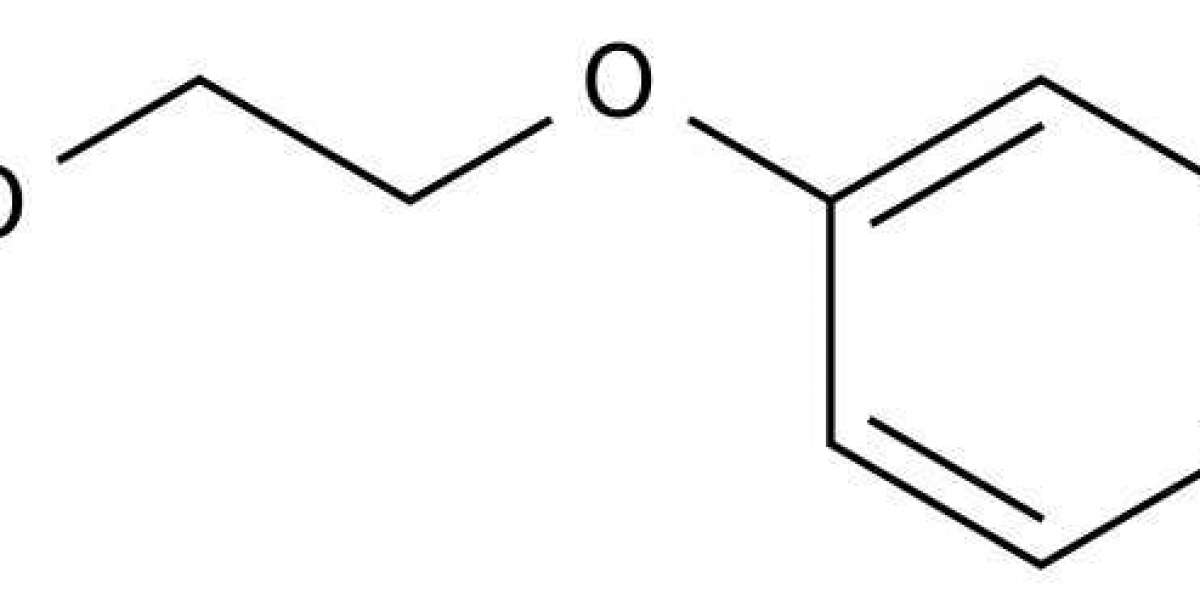What is phenoxyethanol?
Phenoxyethanol is a preservative used in many cosmetics and personal care products. You may have a cabinet full of products containing this ingredient in your home, whether you know it or not. Chemically, phenoxyethanol is known as a glycol ether, or in other words, a solvent. CosmeticsInfo.org describes phenoxyethanol as “an oily, slightly sticky liquid with a faint rose-like scent.”
You likely come into contact with this chemical on a regular basis. But is it safe? The evidence is mixed. We’ll review the most relevant scientific research about this common cosmetics ingredient. You can decide whether you’d like to keep or banish it from your personal care products arsenal.
How’s it used?
Many mainstream and boutique cosmetics products contain what is phenoxyethanol. It’s often used as a preservative or stabilizer for other ingredients that might otherwise deteriorate, spoil, or become less effective too quickly. Phenoxyethanol is also used in other industries, including in vaccines and textiles. This article focuses on its role in topical cosmetics.
Why is it added to cosmetics?
In perfumes, fragrances, soaps, and cleansers, phenoxyethanol works as a stabilizer. In other cosmetics, it’s used as an antibacterial and/or a preservative to prevent products from losing their potency or spoiling. When combined with another chemical, some evidence indicates that it’s effective at reducing acne. One 2008 study on 30 human subjects with inflammatory acne showed that after six weeks of twice-daily applications, more than half of the subjects saw a 50 percent improvement in their number of pimples.
Manufacturers who want to avoid using parabens, which have recently lost favor among health-conscious consumers, might use phenoxyethanol in their products as a substitute. But is phenoxyethanol safer than parabens for topical use in humans?
Is phenoxyethanol safe?
Deciding whether or not you want to use products with this chemical is a complicated decision. There’s conflicting data about its safety. Most of the concern stems from recorded incidents of bad skin reactions and nervous system interaction in infants.
The FDA currently allows the use of this ingredient in cosmetics, and as an indirect food additive. An expert panel from The Cosmetic Ingredient Review (CIR) first reviewed all available data on this chemical in 1990. They deemed it safe when applied topically in concentrations of 1 percent or lower. In 2007, the panel reviewed newly available data, then confirmed their former decision that it’s safe for adults to use topically in very low concentrations.
The European Commission on Health and Food Safety also gives this chemical a “safe” rating when used in cosmetics at a 1-percent or less concentration. However, this report notes that using several products all containing a low dose could result in overexposure. Japan also restricts use in cosmetics to a 1-percent concentration.
Possible health concerns
Phenoxyethanol is known to cause allergic-type reactions on the skin in some people. Some argue that these bad reactions are the result of allergies in the test subjects. Others argue that it’s simply a skin irritant that affects different people at different levels.
In one study on a human subject, this chemical caused hives and anaphylaxis (a potentially life-threatening allergic reaction) in a patient who used topical skin products with the ingredient. Though, what is phenoxyethanol from this chemical is very rare. In another case reportTrusted Source, ultrasound gel that contained this chemical caused contact dermatitis in a human subject. Both of these cases are just examples of many similar incidences of this chemical causing irritation and rashes in humans. But the frequency of these symptoms is very low when compared to how often people are exposed with no notable side effects. And they’re generally thought to be caused by allergies.








